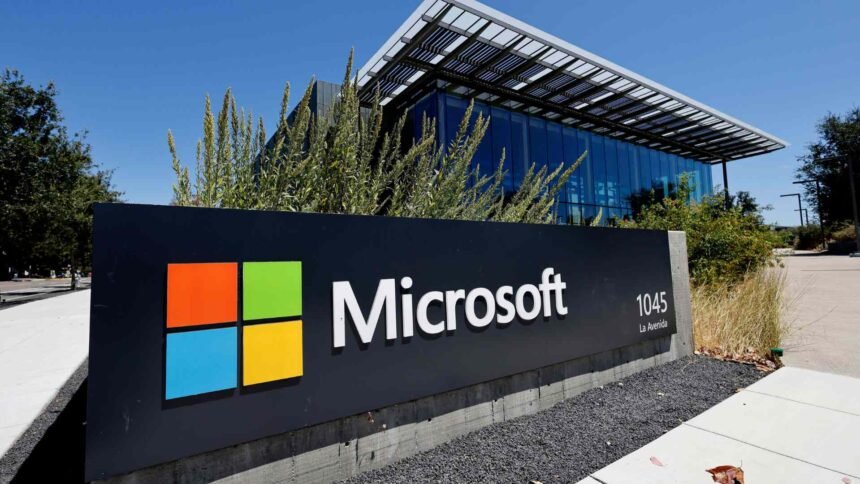Microsoft market cap just crossed the $4 trillion threshold after hours following a stunning earnings beat, marking a historic milestone for the company. Microsoft joins Nvidia as one of only two public companies ever to enter the $4 trillion club. This leap underscores the potent effect of Azure cloud growth and massive AI spending that are reshaping Big Tech.
Microsoft reported $76.4 billion in revenue for the quarter ended June, up 18% year‑over‑year, well above analyst estimates of around $73.8 billion. Net income surged 24% to $27.2 billion, reflecting robust demand across its enterprise and cloud businesses. Azure cloud revenue soared 34–39%, topping $75 billion in annual revenue for the first time.
What Propelled Microsoft to the $4 Trillion Club?
1. Azure Cloud Growth
Azure remains the engine behind Microsoft’s momentum. For the fiscal year, Azure revenue exceeded $75 billion, a monumental benchmark. The service’s 34%+ YoY growth reflects surging enterprise demand for AI-enabled cloud services. That helped fuel Microsoft’s market rally, driving its Microsoft market cap calculation above the $4 trillion line.
2. Breakout Earnings Beat
Analysts expected $3.37 EPS on roughly $73.9 billion revenue. Instead, Microsoft delivered $3.65 EPS on $76.4 billion in sales. Investors reacted swiftly: shares jumped 5–9% in after‑hours trading, pushing the valuation over $4 trillion.
3. Massive AI Spending
Microsoft is planting deep in AI infrastructure, planning $30 billion in capital expenditures next quarter and a staggering $120 billion annually up from $88 billion last year. This aggressive spending is designed to scale Azure and expand AI cloud capabilities for new enterprise clients.
4. OpenAI and Copilot Synergy
The long-standing partnership with OpenAI has paid off. Microsoft’s exclusive access to the latter’s models supercharges its AI offerings, including Microsoft 365 Copilot. These integrations are central to stronger Azure uptake and growing enterprise reliance on AI tools.
Risks and Market Sentiment
Despite the optimistic results, analysts caution that Microsoft’s lofty valuation trading at around 40x forward earnings may not be entirely sustainable. Such multiples often invite corrections during macro downturns.
Still, the Microsoft market cap milestone is a vote of confidence in Big Tech’s AI transformation. Investors are banking on sustained double‑digit growth from AI-driven cloud services.
Big Tech Landscape at a Glance
- Microsoft now joins Nvidia in the $4 trillion valuation club, although Nvidia still leads with a $4.4 trillion market cap.
- Apple, once consistently the top-ranking tech giant, now sits at around $3.1 trillion.
- Other “Magnificent 7” names Alphabet, Meta, Amazon are closing in, but none have crossed the $4 trillion mark yet.
What Analysts Expect Next
- Experts anticipate Microsoft will continue prioritizing AI infrastructure investments to support explosive growth in Azure demand.
- Analysts like Goldman Sachs, Raymond James, UBS, and others have raised price targets to $550–$600, pointing to valuation across $4–5 trillion in the near future.
- Still, skeptics warn that if AI growth slows or regulator pressure increases especially around OpenAI tie‑ups or cloud monopolization the stock may be vulnerable.
Looking ahead
Microsoft market cap is now in the unimaginable territory of over $4 trillion, a testament to its dominant position in AI-powered cloud computing and enterprise software. With Azure cloud growth accelerating, dramatic AI spending underway, and AI-driven earnings momentum, Microsoft has earned its place beside Nvidia at technology’s summit.
That said, lofty valuation implies risk. Investors should watch for execution on cloud infrastructure scaling, competition from AWS and Google Cloud, and regulatory scrutiny.
As Microsoft doubles down on AI and cloud, its Microsoft market cap milestone may just be the beginning of a new era defining value in the tech industry.






